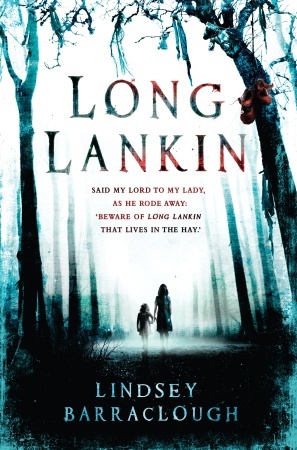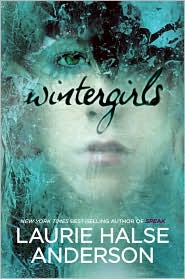Last night I read Every Day by David Levithan (Knopf, 2012). It's the sort of book I want everyone I know to read, so I can talk about it without giving anything away. Starting with the premise: Every day A wakes up in a different body. Til then, here's Day 6009:
Today I'm a boy named AJ. He has diabetes, so I have a whole other layer of concerns on top of my usual ones. I've been diabetic a couple of times, and the first time was harrowing. Not because diabetes isn't controllable, but because I had to rely on the body's memories to tell me what to look out for, and how to manage it.... Now I feel I can handle it, but I am very attentive to what the body is telling me, much more so than I usually am. (166)
I've read many (many) books, but this is the first time I've spontaneously encountered a person with Type 1 diabetes in one: the prevalence appears to be lower than in the general population. Which is surprising, given that Type 1 is most often diagnosed in children and young adults. Case in point: my son Leo, who was diagnosed at age 11, a year ago this month.
Thankfully, I think Levithan gets it right. Diabetes adds another layer of concern to whatever else--a math test, a crush, a soccer game, lunch--might be happening on any given day. It demands a certain, constant level of attention to the body that most of us rarely require. It's the first thing A thinks about that morning.
But the rest of the day, as written, is not about diabetes. AJ is also a regular kid: "It's a relief, in many ways, to be a guy who doesn't mind riding the bus, who has friends waiting for him when he gets on, who doesn't have to deal with anything more troubling than the fact that he ate breakfast and is still hungry." He even eats french fries for lunch. Leo would love that. I did.



